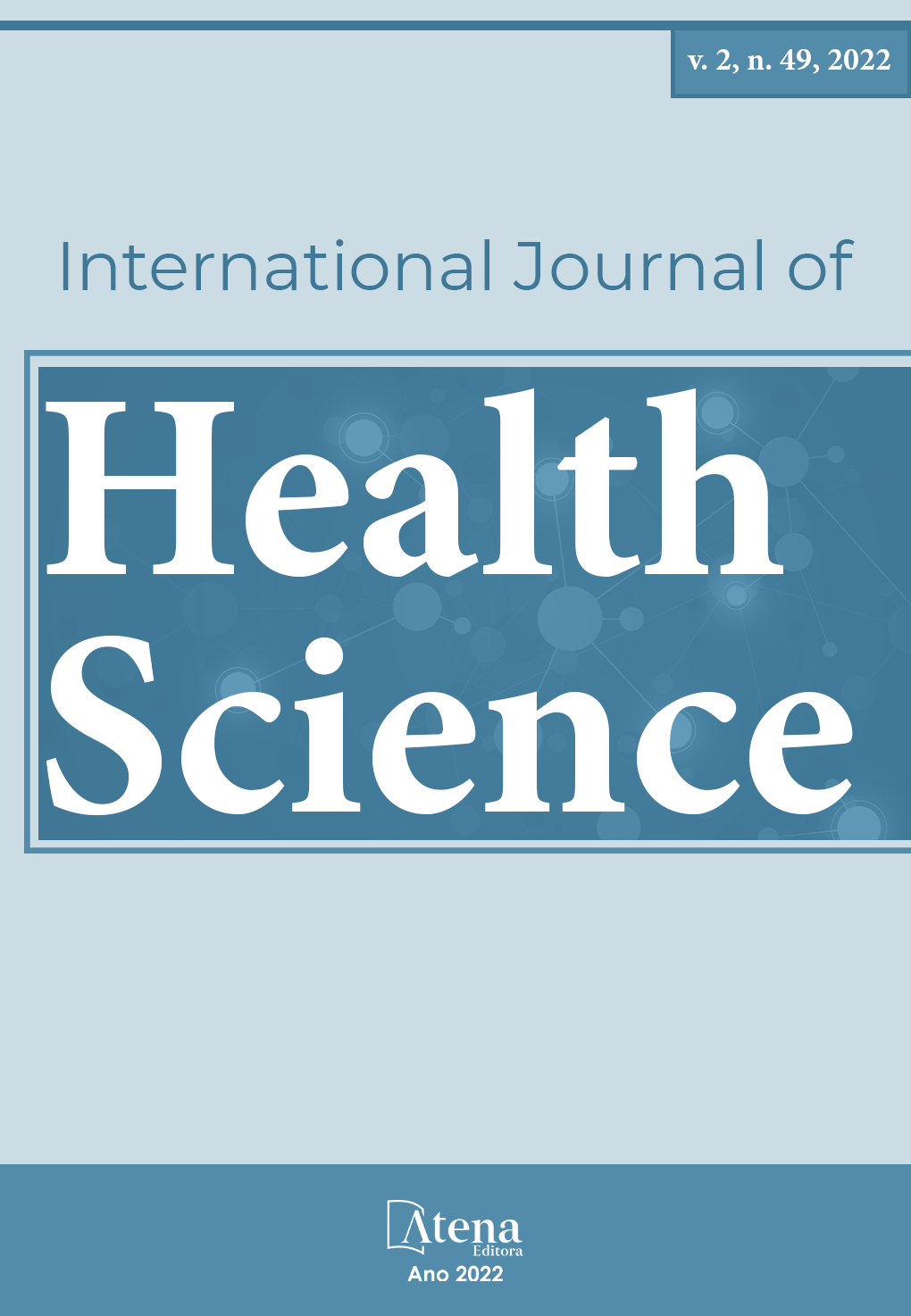
DISTRIBUCIÓN TEMPORO ESPACIAL DE LA HEPATITIS VIRAL TIPO A, EN LA ZONA 7 DEL ECUADOR
Objetivo, Identificar la distribución témporo espacial de la Hepatitis viral A en la Zona 7, Ecuador.
Método, El estudio transversal se realizó durante el período 2014-2019, con datos reportados por la Coordinación Zonal 7 de Salud, mismos que se los agrupó en cuatro conglomerados en base a la incidencia, para luego realizar el análisis témporo espacial y la representación cartográfica.
Resultados, la incidencia del período muestra una tendencia a la disminución, en el año 2014 48,9 x 100000, en el 2015 baja a la mitad, el resto de años se mantiene alrededor de 5,0 x 100000, y en el año 2019 nuevamente se observa que empieza a incrementar a 18,2 x 100000; afecta más al sexo masculino; al grupo de edad menor de 15 años; tiene repunte en los meses de enero, febrero y agosto; más en el sector urbano; La distribución geoespacial es mayor en los cantones de la amazonía. Si bien es cierto la tendencia de la incidencia a partir del 2014 es a la disminución, sin embargo, preocupa el incremento que se presenta en el año 2019, especialmente en los cantones de la amazonía.
Conclusión, el incremento en el año 2019 debe poner en alerta a los servicios de salud para implementar medidas de prevención y promoción de la salud.
Palabras claves: Incidencia geográfica, Hepatitis viral A
DISTRIBUCIÓN TEMPORO ESPACIAL DE LA HEPATITIS VIRAL TIPO A, EN LA ZONA 7 DEL ECUADOR
-
DOI: 10.22533/at.ed.1592492219086
-
Palavras-chave: Incidencia geográfica, Hepatitis viral A.
-
Keywords: Incidencia geográfica, Hepatitis viral A.
-
Abstract:
Objective: Identify the temporal and spatial distribution of viral hepatitis A in Zone 7, Ecuador.
Method: The cross-sectional study was carried out during the period 2014-2019, with data reported by “Coordinación Zonal 7 de Salud”. which were grouped into four clusters based on the incidence, to then carry out the temporal spatial analysis and cartographic representation.
Results: the incidence of the period shows a decreasing trend, in 2014 48.9 x 100000, in 2015 it fell by half, the rest of the years it remained around 5.0 x 100000, and in 2019 again it is observed that it begins to increase to 18.2 x 100000; it affects more the male sex and the age group under 15 years; it has a rebound in the months of January, February and August; more in the urban sector. The geospatial distribution is greater in the Amazon region. While it is true that the incidence trend from 2014 is to decrease, however, the increase that occurs in 2019 is worrying, especially in the Amazon region.
Conclusion: the increase in 2019 should put the health services on alert to implement prevention and health promotion measures.
Keywords: Geographic incidence, Viral hepatitis A
-
Número de páginas: 17
- Fabiola María Barba Tapia
- Max Vicente González-Merizalde
- José Eduardo González-Estrella
- Fabián Augusto Sotomayor-Vivanco
- Gina Alexandra Cueva-Tutillo
- Denisse Anabelle Bermeo-Armijos
- Amable Bermeo Flores


